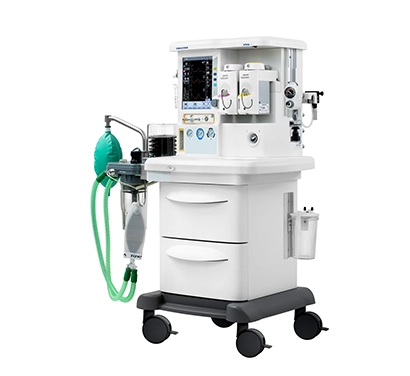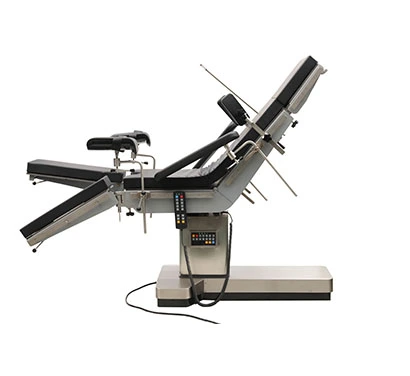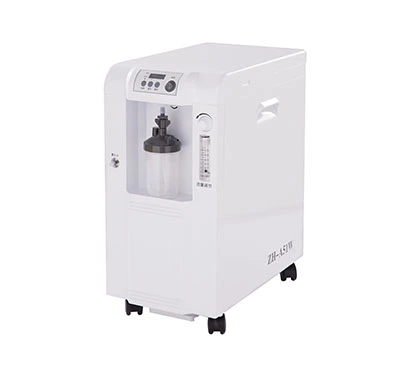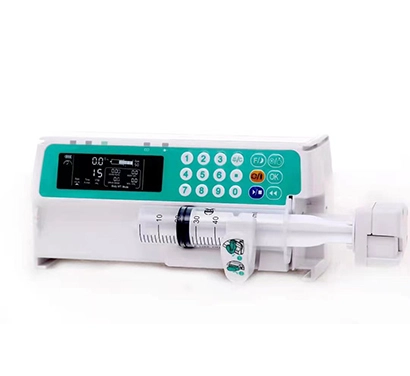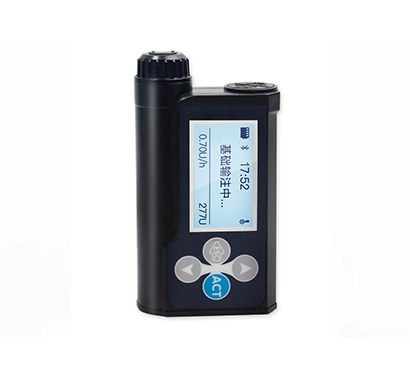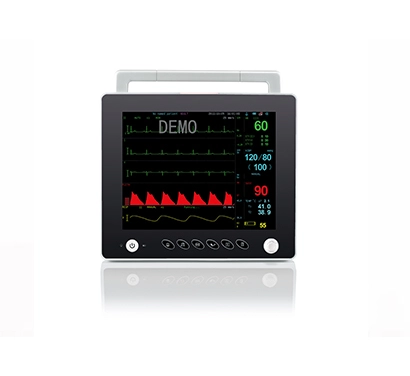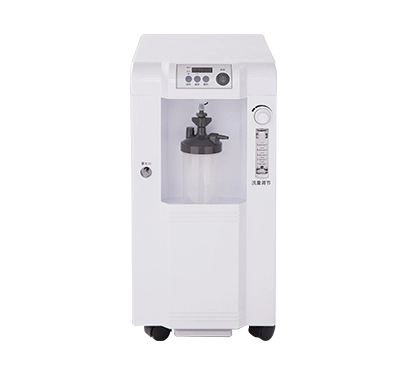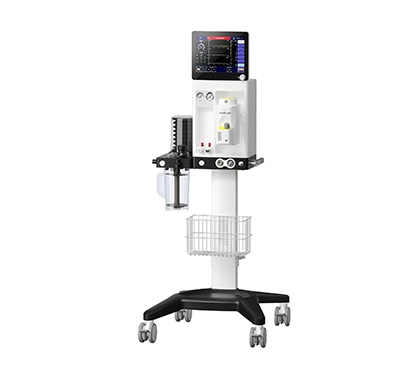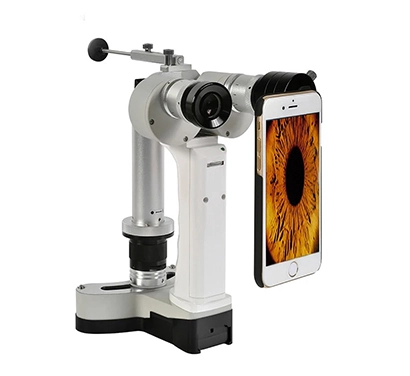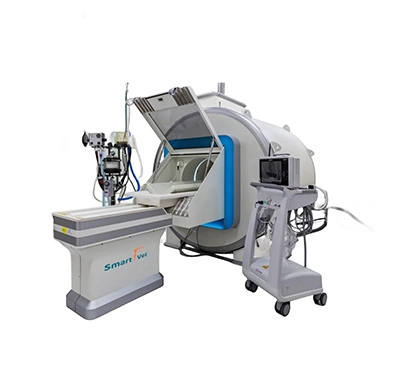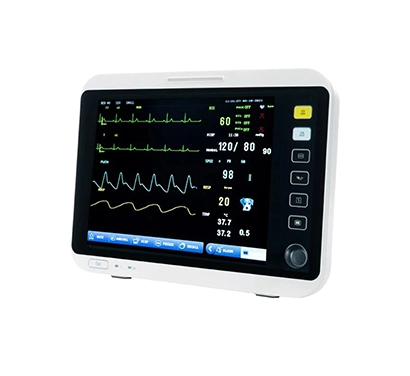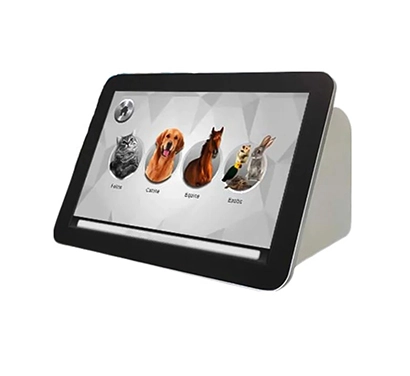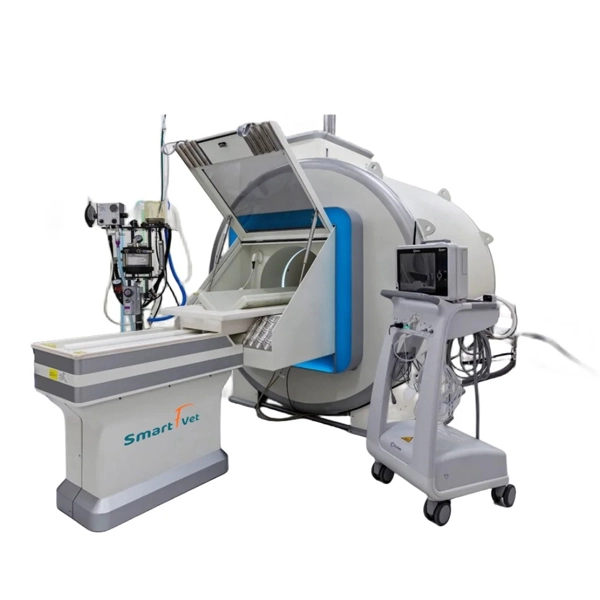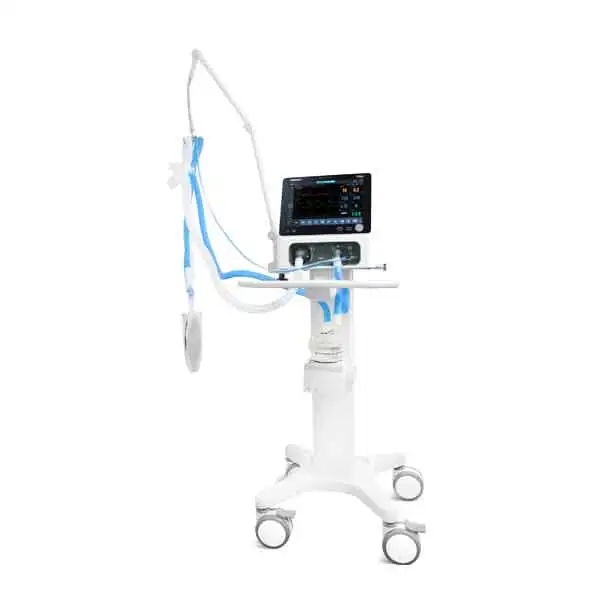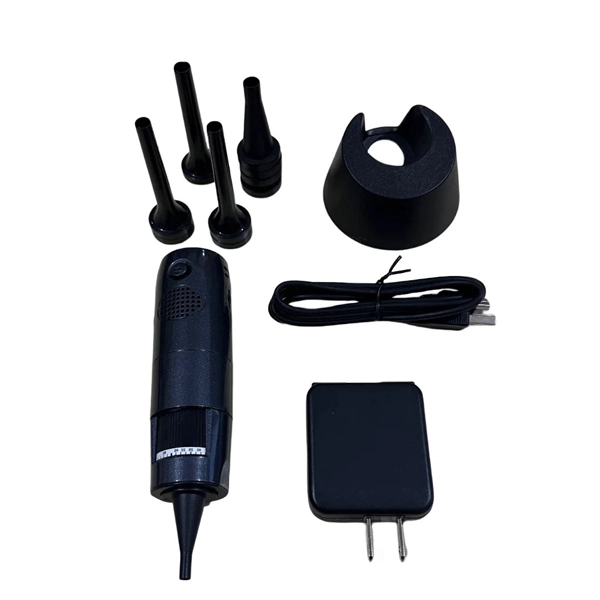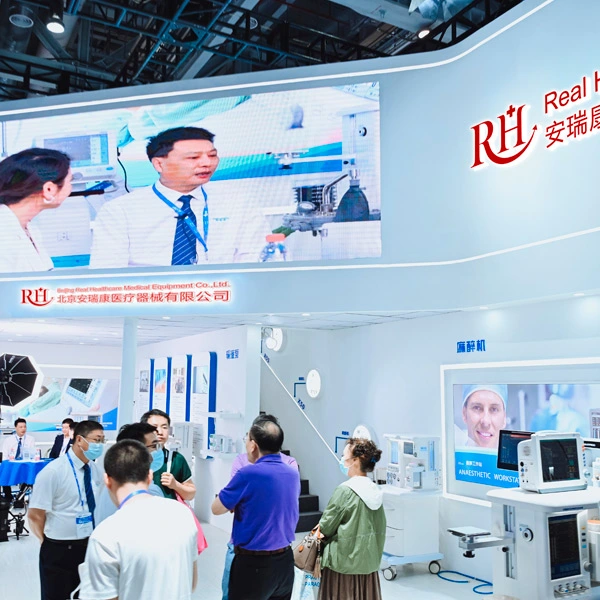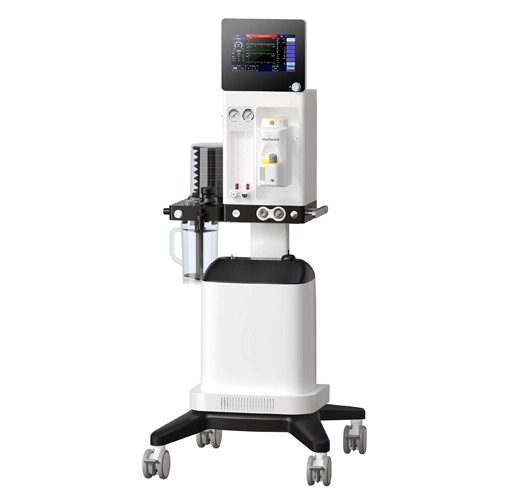Veterinary medical devices, as the right hand to protect animal health, its use and maintenance is directly related to the effect of treatment and animal safety. Let's take a closer look at how best to use and maintain these vital tools.
Preparation and Inspection to Ensure that Nothing Goes Wrong
Careful preparation and inspection are indispensable before each use of veterinary medical devices. First of all, we want to ensure that the instrument is intact, clean and dust-free, without any signs of damage or contamination. Next, carefully read the instructions for the use of the device to clarify its function, operation essentials and precautions. In actual operation, we must strictly follow the prescribed steps and sequence to ensure that the equipment is used correctly. At the same time, don't forget to take necessary personal protection measures, such as wearing gloves and masks, to prevent possible cross-infection.
Standardized Operation, Play the Best Performance of the Instrument
Proper operation of veterinary medical devices is the key to maximising their effectiveness. In the process of use, we should follow the professional guidance of the veterinarian or relevant operating procedures to ensure the accuracy and stability of the operation. For instruments that need to adjust parameters, such as scalpels, sutures, etc., we should make reasonable adjustments according to the actual situation of the animal and the recommendations of the veterinarian. At the same time, to avoid the excessive use or abuse of equipment, so as not to bring unnecessary pain or injury to the animal.
Timely Cleaning and Disinfection, Protect Animal Health
Veterinary medical devices after use must be cleaned and disinfected in a timely manner to prevent the spread of pathogens and infection. Different kinds of instruments should be cleaned and disinfected in different ways. In general, we can choose mild cleaners and disinfectants for cleaning and disinfecting work, but be sure to follow the instructions on the product manual. In addition, to avoid the use of too stimulating or corrosive cleaning agents, so as not to cause damage to the instrument. After cleaning and disinfecting, store the equipment properly to protect it from moisture, contamination, or damage.
Regular Maintenance and Inspection, Prolong the Life of the Instrument
Regular maintenance and inspection of veterinary medical devices is an important guarantee to ensure its long-term stable operation and superior performance. The veterinarian should conduct a comprehensive inspection of the device regularly, including appearance, function, accuracy, etc., to find and solve problems in time. For parts or consumables that need to be replaced regularly, they should be replaced in time to ensure the normal operation of the device. In addition, we also pay attention to the warranty period and maintenance services of the equipment, and timely contact the manufacturer or professional maintenance personnel for repair and maintenance to extend the service life of the equipment.
In short, the correct use and maintenance of veterinary medical devices is crucial to the protection of animal health and the smooth conduct of veterinary work. Veterinarians and related personnel should strictly follow best practices to ensure the safety and effectiveness of devices and contribute to the health and well-being of animals. At the same time, we should also continue to learn and update our knowledge, pay attention to the latest developments and technology of veterinary medical devices, in order to improve the level and effect of diagnosis and treatment, and contribute more to the cause of animal health.

 EN
EN
 fr
fr  es
es  ru
ru  ar
ar 
